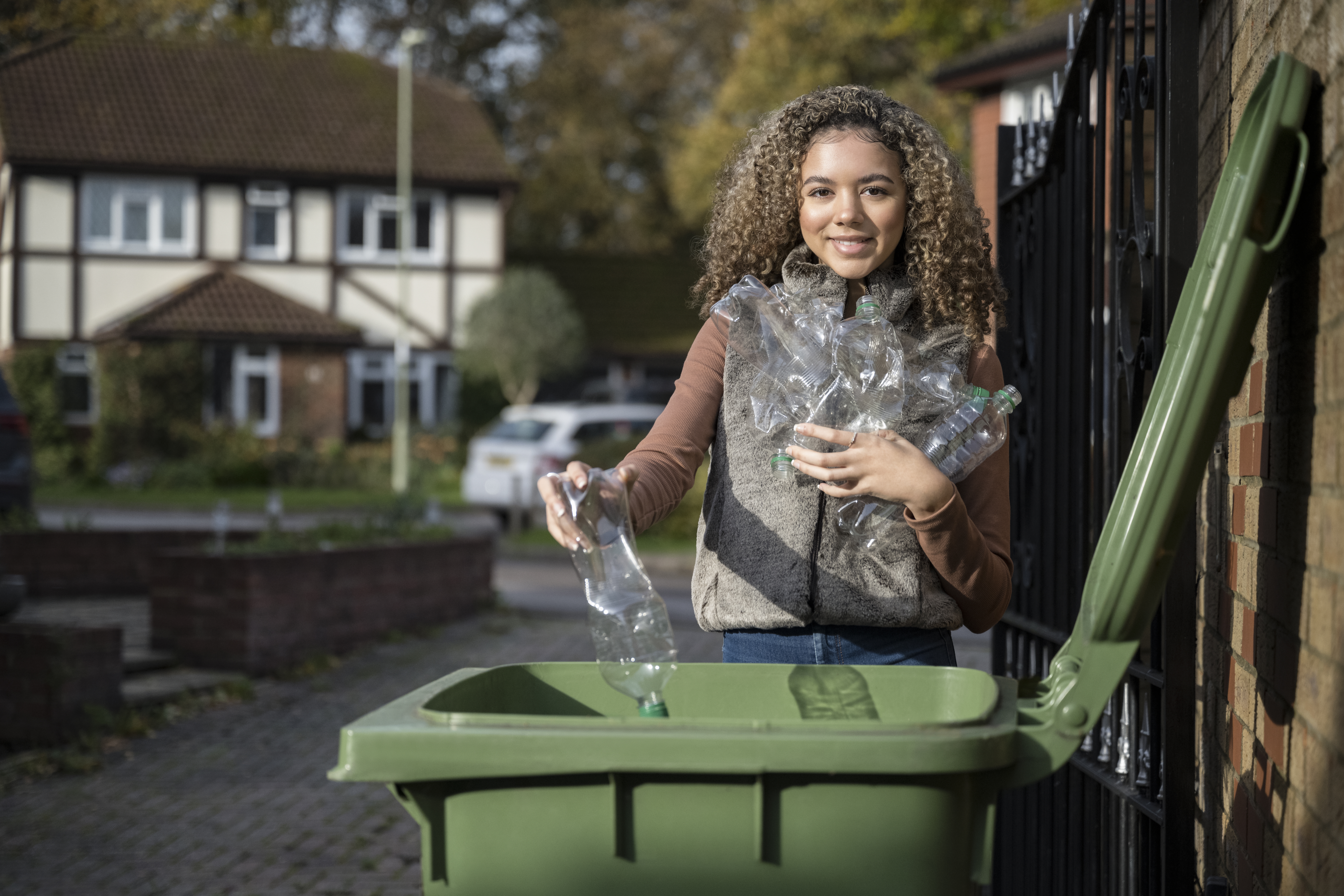Healthy Hydration
Push Play to Listen to “The Water Song”
Effects of dehydration are felt when you are just 1-2% dehydrated
Calories saved when You drink 1 bottled water instead of soda Each Day For a year
Choosing Bottled Water For Healthy Hydration
Americans consumed 15 billion gallons of bottled water in 2020, up 4.2% from 2019 (compared to 3.7% increase the previous year). That means, on average, each American drank 45.2 gallons of bottled water in 2020, a 3.5% increase over the previous year. In addition, bottled water’s retail dollar sales grew in 2020, up 4.7%, reaching $36.3 billion, BMC data show.
A significant portion of bottled water’s growth (44% since 2010) has come from people switching to bottled water from other less-healthy packaged drinks. And nine out of ten Americans (91%) want bottled water to be available wherever other drinks are sold, according to a survey conducted on behalf of the International Bottled Water Association (IBWA) by The Harris Poll.
This healthy consumption shift from sugary drinks to bottled water could also work in reverse. If bottled water is not available, 74% of people say that they will turn to other packaged drinks, not tap water, The Harris Poll found.
People are choosing to drink fewer calories and making that healthy choice of bottled water has the added benefit of helping the environment. Not only are bottled water containers 100% recyclable (including the cap), but they also use much less plastic than soda and other packaged beverages.
Soda containers, on average, use 142% more PET plastic than bottled water containers (23.9 grams vs. 9.89 grams for 16.9-ounce containers). Soft drinks and other sugary beverages need thicker plastic containers due to their carbonation and/or bottling processes.
Even with continuing growth and increased consumption, bottled water still has the smallest water and energy use footprint of any packaged beverage. On average, only 1.39 liters of water (including the 1 liter of water consumed) and 0.21 mega joules of energy are used to produce 1 liter of finished bottled water.
Choosing Bottled Water For a Healthier Planet
Almost all bottled water is packaged in 100% recyclable PET #1 plastic and HDPE #2 plastic, which are the plastics that are most recognized as being recyclable and the most recycled plastics in the world. Because all bottled water containers are recyclable—and universally recyclable at facilities across the United States—consumers do not need to be confused about recycling bottled water containers. From experience, consumers already know that not all cities and towns recycle glass bottles and laminated paper cartons.
Recycled plastic is in demand.
Post-consumer PET and HDPE plastic is in huge demand by industries because they want to use that recycled plastic to make more products. Many bottled water companies use recycled PET and HDPE plastic to create new bottles, which reduces the need for virgin plastic.
Bottled water drinkers are better recyclers.
Bottled water drinkers recycle more often than drinkers of other packaged beverages. Of all the PET containers recycled through curbside collections systems, bottled water containers make up approximately 55%. Empty bottled water containers should always be returned or placed in a recycling bin, but when they are not, they make up 3.3% of all drink packaging that ends up in landfills, and only 0.02% of landfill waste.
Recycling rate
At 33%, the recycling rate for single-serve PET plastic bottled water containers has doubled in the last 10 years. Bottled water bottles are the most frequently recycled PET beverage containers in curbside recycling programs, according to the National Association for PET Container Resources (NAPCOR). In fact, bottled water containers make up nearly 55% of the PET plastic collected in curbside systems; for comparison, soft drink PET bottles make up only 15%. In addition, 3- and 5-gallon plastic bottled water containers are reused between 30-50 times before being recycled.
Light-weighting
The bottled water industry has made significant inroads in reducing the amount of plastic used to make bottled water containers by light-weighting its packaging. Between 2000 and 2014, the average weight of a 16.9-ounce PET (half-liter) plastic bottle declined 51%, to
9.25 grams. The light-weighting of bottled water PET containers resulted in a savings of
6.2 billion pounds of PET resin during that time period.
Use of recycled materials
Other innovative ways to improve recycling include expanding the use of recycled PET (rPET) and exploring new compostable and bio-degradable plastics. Many bottled water companies use up to 50% recycled material in their plastic bottles—and some are already using 100% rPET. Plastic bottles have made it convenient for people to enjoy refreshing, cold bottled water at and away from home. Using PET plastic to package beverages has made drinks more light-weight and easier to transport than cans. In addition, it also requires less water and energy to produce PET containers than cans, glass, or cartons.

